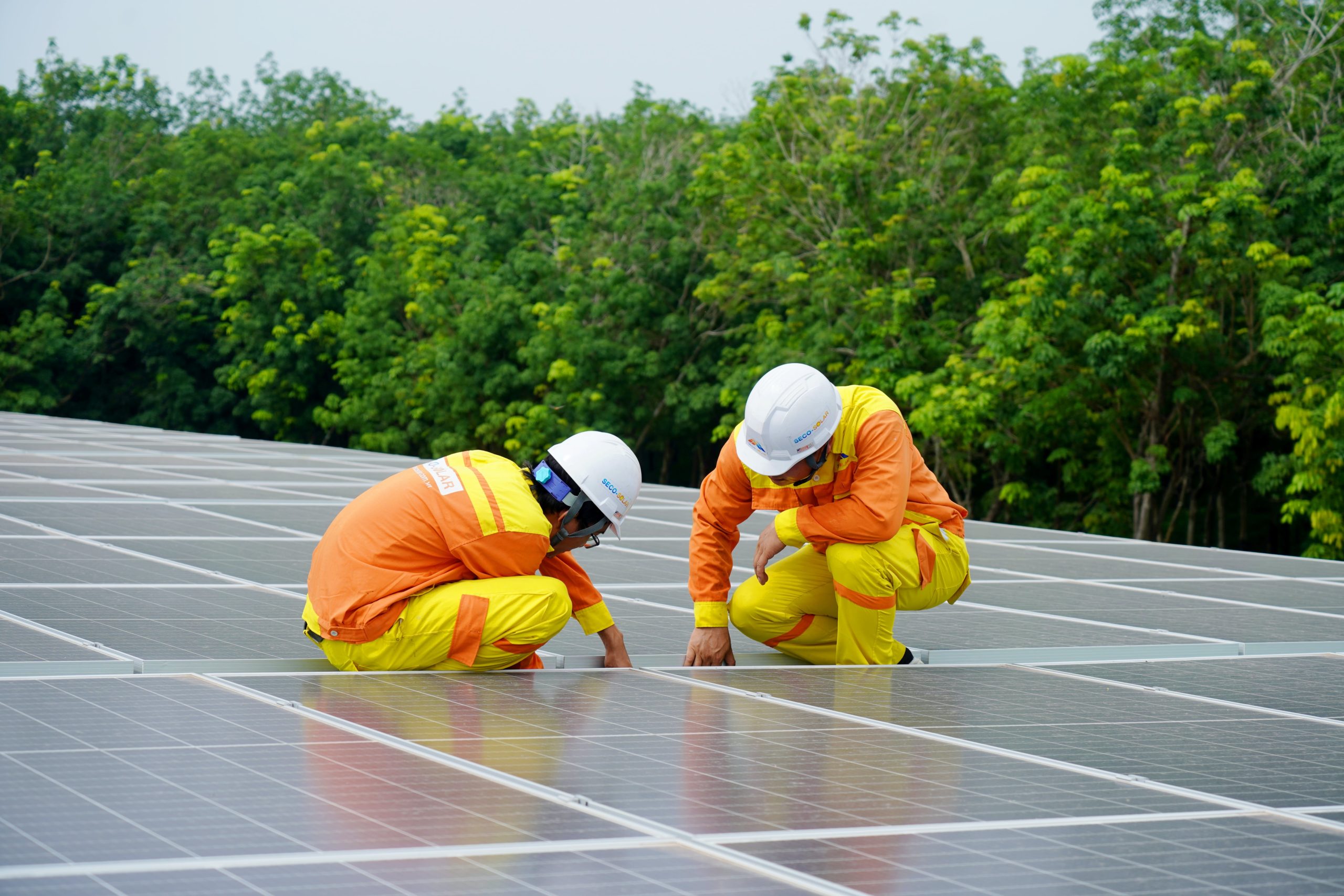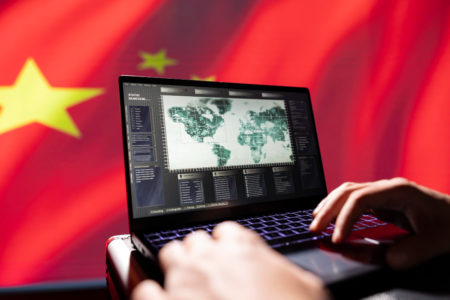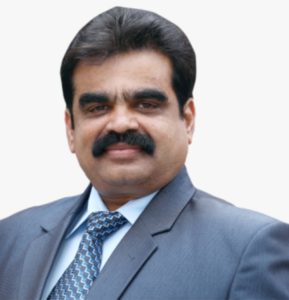With energy prices soaring across the world due to a host of reasons, the shift to solar energy is the natural move. It is also an environmentally conscious choice to make. While the Western world is experiencing a boom in the installation of solar panels at both governmental and personal building levels, the global South is facing numerous barriers.
Some of the key issues with the installation of solar panels include a lack of trust in the technology along with high costs. In the long run, it may ensure savings in energy costs, but the upfront cost that needs to be borne by homeowners seems like a step that many are not ready to take. In a country such as Singapore, where energy costs are skyrocketing, the adoption of solar panels in homes is still less than 1%.
New Models Must Be Developed
The truth is that, in order to truly make solar panel-fitted homes a phenomenon in regions such as Southeast Asia, the cost factor needs to be managed. It still costs anywhere between $15,000 to $20,000 to install these solar panels on a home, and even middle-class homeowners are unable to afford these costs.
If we take a look at the USA or Europe, there are solar panels available for the rent-to-own model. Now, it is only beginning to creep into countries such as Singapore. One of the startups leading the movement is Solar AI. They are currently one of the very few companies providing solar panels on a rent-to-own model.
But even with this solution available at hand, it’s difficult for these startups because the per-unit cost of solar panels is quite high, and customer acquisition is slow. So, while the rent-to-own model may seem to be a way out for now, other models that provide cheaper options while also ensuring sufficient profit margins need to be established.
Government Support Is a Must
The problem ultimately comes down to governmental support. Governments in countries such as Singapore, the Philippines, etc., have left it to independent players to develop the solar energy sector.
While there are a few government-owned projects being developed in Vietnam, the scenario is still mostly barren. Without state-sponsored projects helping homeowners make the shift, it will still take decades for the global South to truly adopt solar energy.













